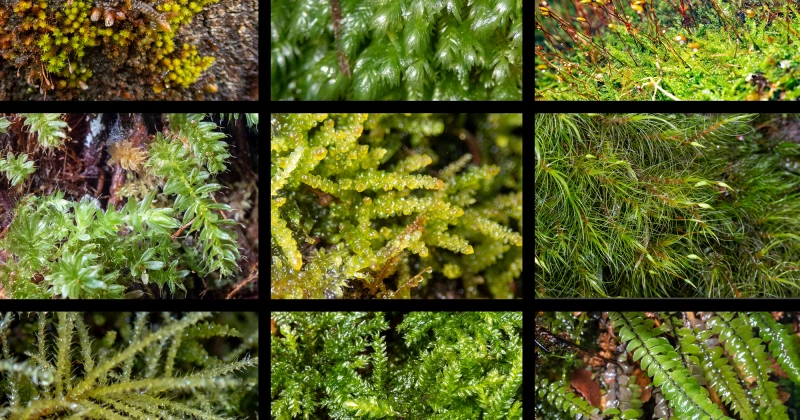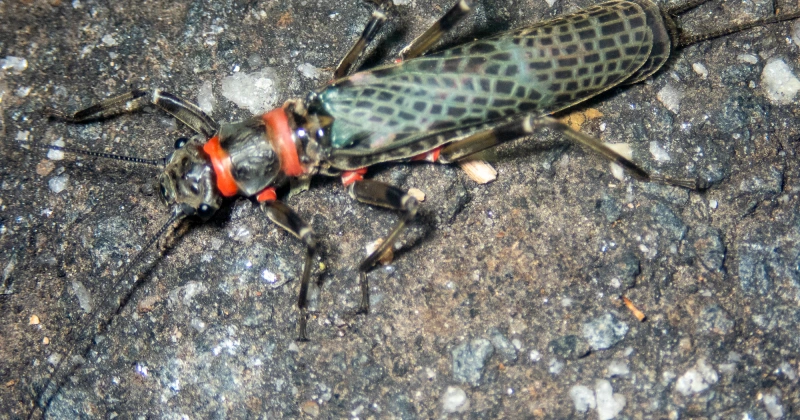Asplenium’s or Spleenworts are a very interesting group of ferns and at Tarra Bulga there are three species that can be found. One of them is common in Rainforest gullies while the other two are harder to find. It is not hard to tell each one apart although there may me some hybridisation happening between two of the species which can be confusing.
Mother Spleenwort – Asplenium bulbiferum subsp. gracillimum
This is common in the park mainly in rain forest gullies, it grows as epiphytes on tree and fern trunks as well as on shady banks, and among rocks. It can be potentially confused with other ferns that grow in this habitat such Shiny or Leathery Shield-fern. An impressive feature of this fern is its ability to reproduce via bulbils that can form on the tips of the fronds, giving rise to its common name “mother” as well as the Latin one. A good way to distinguish it from other ferns is to locate the linear to oblong shaped sori on the margins of the underside of the fertile fronds and to look for the many tiny brown scales on the surface of the stem and the fronds.
This slideshow requires JavaScript.
Weeping Spleenwort – Asplenium flaccidum subsp. flaccidum
Weeping Spleenwort is very uncommon in the Park, hopefully there is more hidden away in some gully that we don’t know about, but we only really know about one living plant that currently exists here. Compared to Mother Spleenwort it has linear to oblong pinnules that are not lobed. The pinnules are widely spaced on the long Weeping Fronds. It only has a few scattered scales.
This slideshow requires JavaScript.
Necklace Fern – Asplenium flabellifolium
Necklace fern is unlikely to be found in the Cool Temperate Rainforest areas in Tarra Bulga, it is more often in sheltered shady spots (e.g.) along road cuttings in more exposed sections of the park. It is more common at lower altitudes in the district, e.g. in the Warm Temperate Rainforest of Macks Creek. It is easily distinguished from the other local Asplenium species with its small slender green fronds having fan shaped leaflets (pinnae), forming what could be described as a necklace.
This slideshow requires JavaScript.
Possible Hybrid???
According to some sources Aspleniums are known to hybridise across species. Several plants that I photographed along the Fern Gully Track at Bulga Park, seem to have features somewhere intermediate between Mother Spleenwort (Asplenium bulbiferum) and Weeping Spleenwort (Asplenium flaccidium).
This slideshow requires JavaScript.


























































